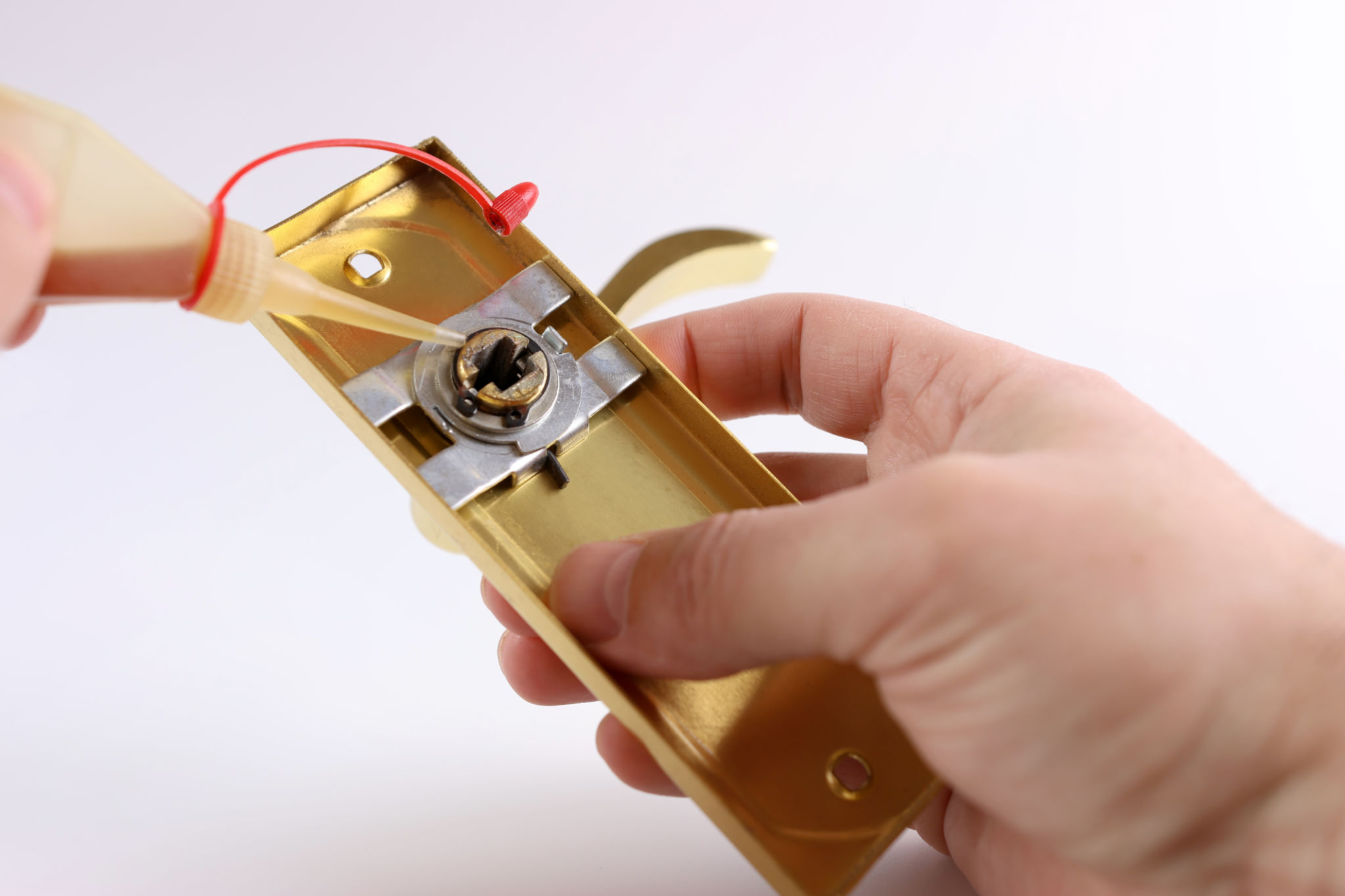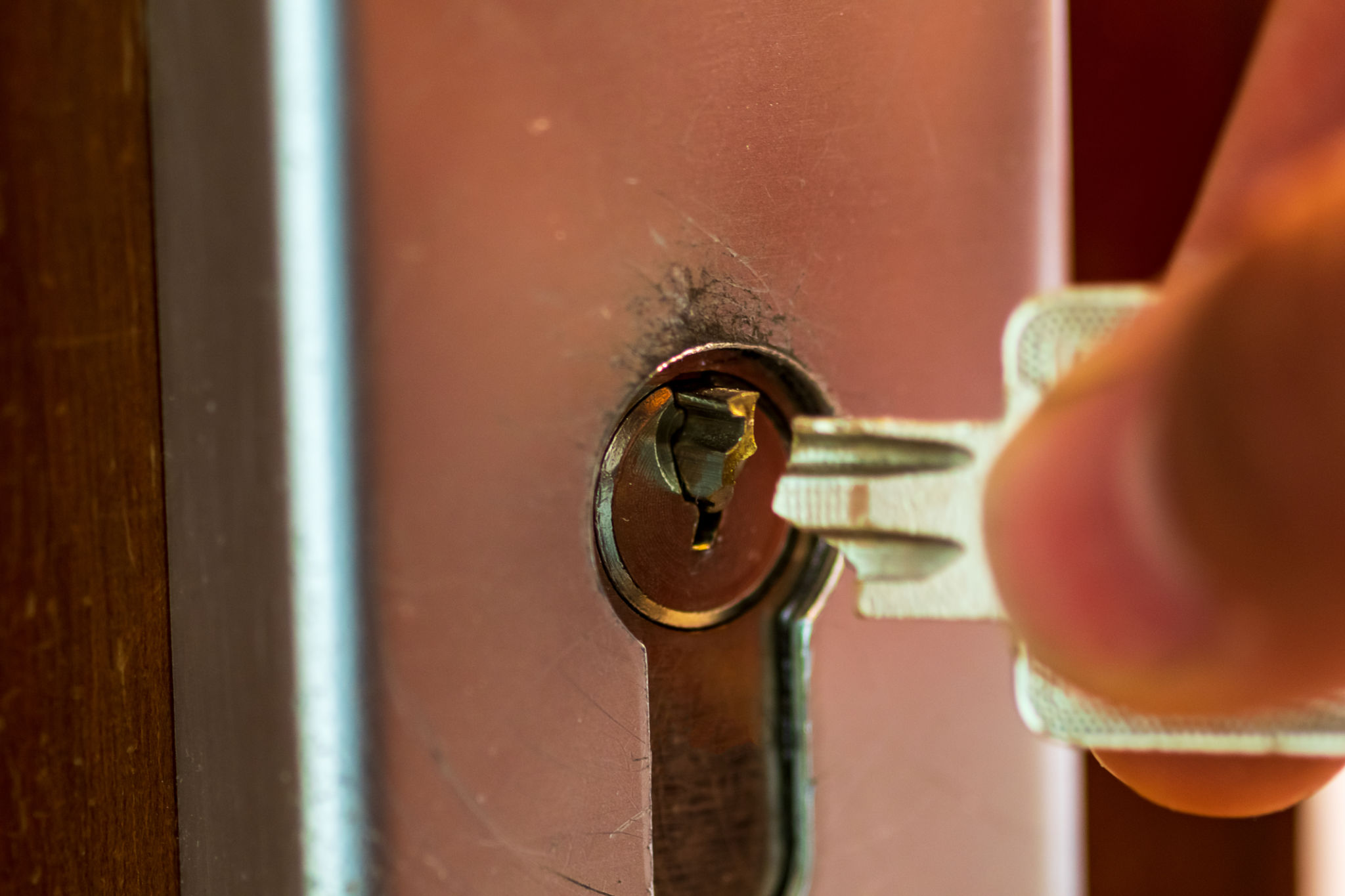DIY Locksmith Tips: Simple Fixes Before Calling a Professional
Understanding Your Lock Type
Before attempting any DIY locksmith fixes, it's crucial to understand the type of lock you're dealing with. Most residential locks fall into two categories: deadbolts and knob locks. Deadbolts offer higher security and are usually found on exterior doors, while knob locks are commonly used for interior doors. Knowing the difference can help you determine the best approach to fixing any issues.
If your lock is a deadbolt, you may encounter problems like a sticking bolt or difficulty turning the key. For knob locks, common issues include loose knobs or keys not turning properly. Each type of lock has its own set of challenges, so identifying your lock will set the stage for effective troubleshooting.

Fixing a Misaligned Door
A misaligned door can often cause problems with locking and unlocking. This issue usually arises from the door frame shifting over time or due to weather changes. Before reaching for the phone to call a locksmith, try these simple steps to realign your door:
- Examine the hinges to ensure they are tight and secure. If they're loose, tighten them with a screwdriver.
- If tightening the hinges doesn't solve the problem, check the strike plate on the door frame. It may need slight adjustments to align with the bolt or latch.
- Mark where the bolt hits the strike plate and use a chisel to slightly enlarge the hole if necessary.

Lubricating a Stiff Lock
One of the simplest DIY fixes is lubricating a stiff lock. Over time, dirt and debris can accumulate inside a lock, causing it to jam or stick. A quick fix involves using graphite powder or a silicone-based lubricant as opposed to oil-based products, which can attract more dirt.
To lubricate your lock:
- Insert the lubricant nozzle into the keyhole and spray a small amount.
- Insert and remove the key several times to distribute the lubricant evenly inside the lock.
- Avoid over-lubricating, as this can cause buildup and lead to further issues.

Tightening a Loose Doorknob
A loose doorknob is not only annoying but can also pose a security risk. Fortunately, this issue is often easy to resolve with a few basic tools. First, locate the screws on either side of the knob. These screws might be hidden under a decorative cover that you'll need to remove carefully.
Once exposed, tighten the screws using a screwdriver. Make sure not to overtighten, as this could strip the screw holes or damage the knob. After securing the screws, test the knob by turning it several times to ensure it operates smoothly.
Dealing with a Broken Key
If you find yourself with a broken key stuck in your lock, resist the urge to panic. There are simple tactics you can try before calling in a professional. First, try using needle-nose pliers to gently pull out the broken piece from the lock.
If this doesn't work, consider using a key extractor tool specifically designed for this scenario. Insert the tool into the lock alongside the broken key fragment and carefully pull them both out together.

